Search
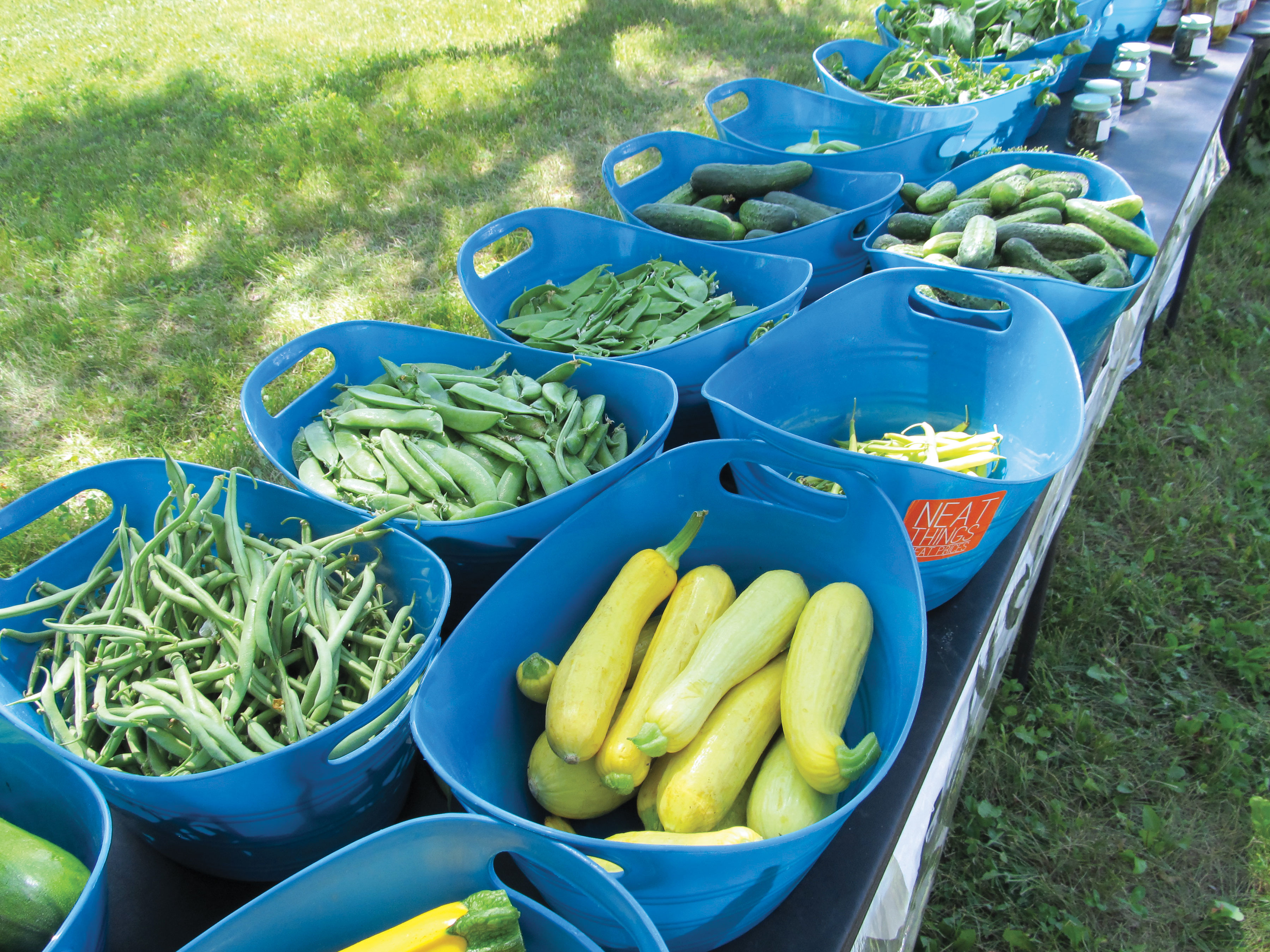
Food Safety for Farmers Markets
Food safety bulletins for farmers markets and other direct marketing vendors
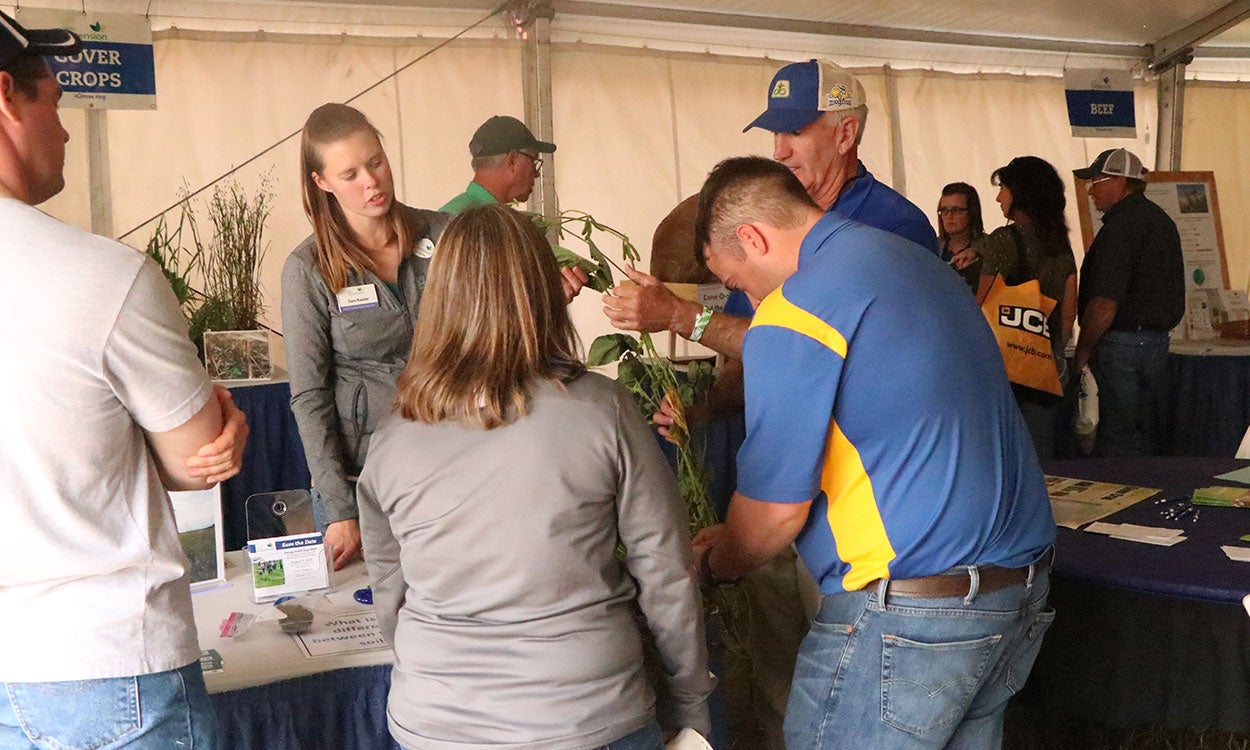
SDSU Extension to Host Informational Sessions at Dakotafest
August 05, 2022
Producers are invited to visit the SDSU Extension booth at Dakotafest August 16-18 in Mitchell, South Dakota.
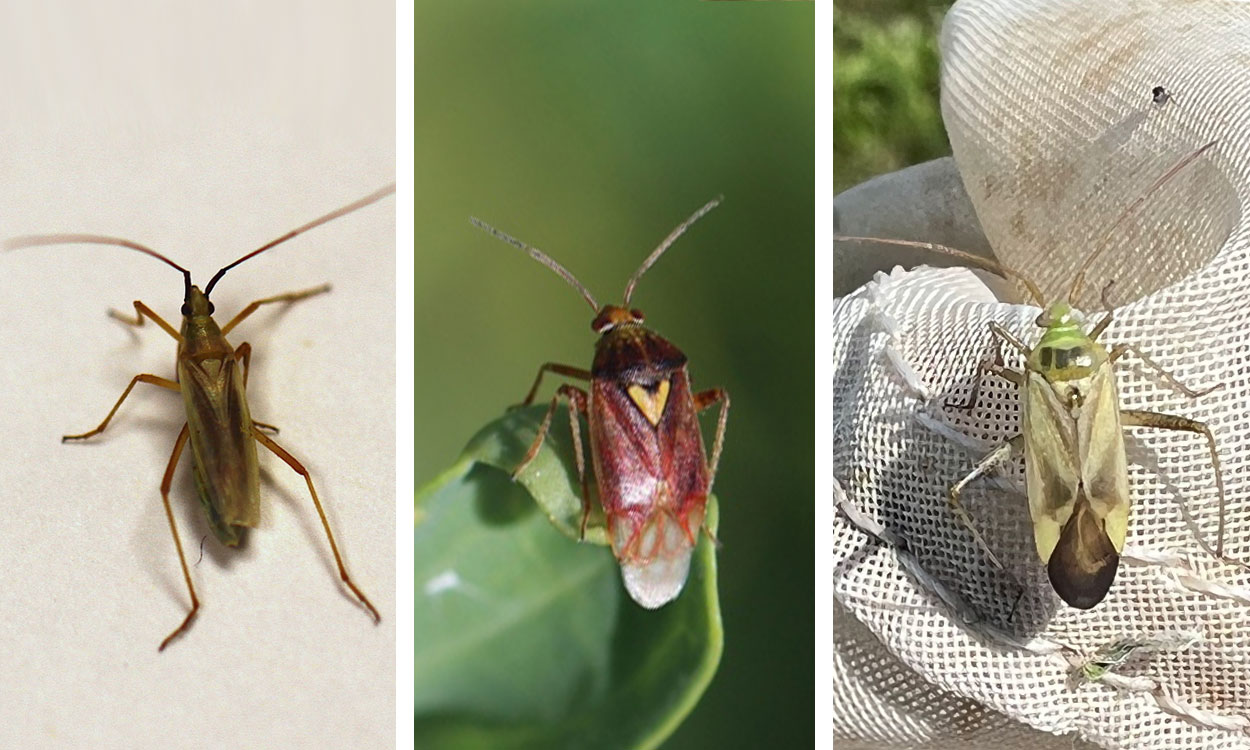
Plant Bugs Active in Alfalfa
Plant bugs are active in alfalfa fields across the state. A common question we receive from producers is why some of these bugs look so different from others.
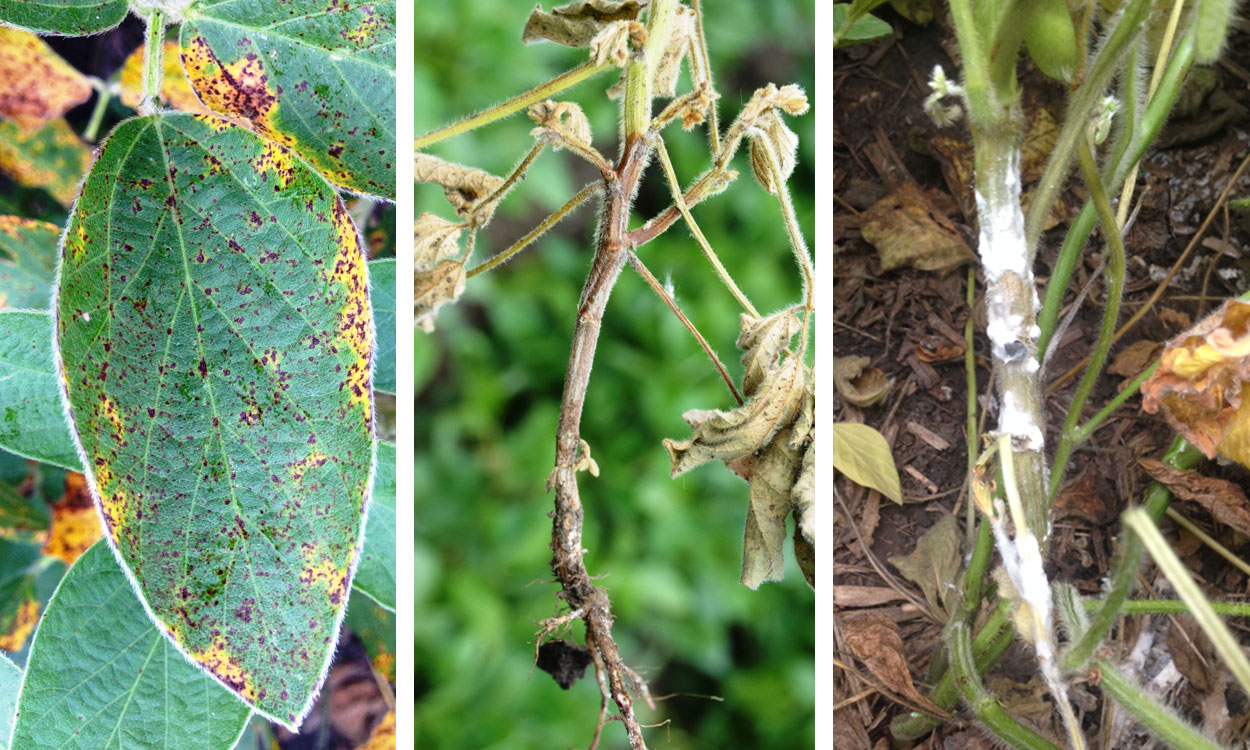
Mid-to-Late Soybean Disease Management
Even though it has been hot and humid this summer, some soybeans around the state have seen ideal conditions for mid-to-late season disease development. Learn some common diseases to scout for.
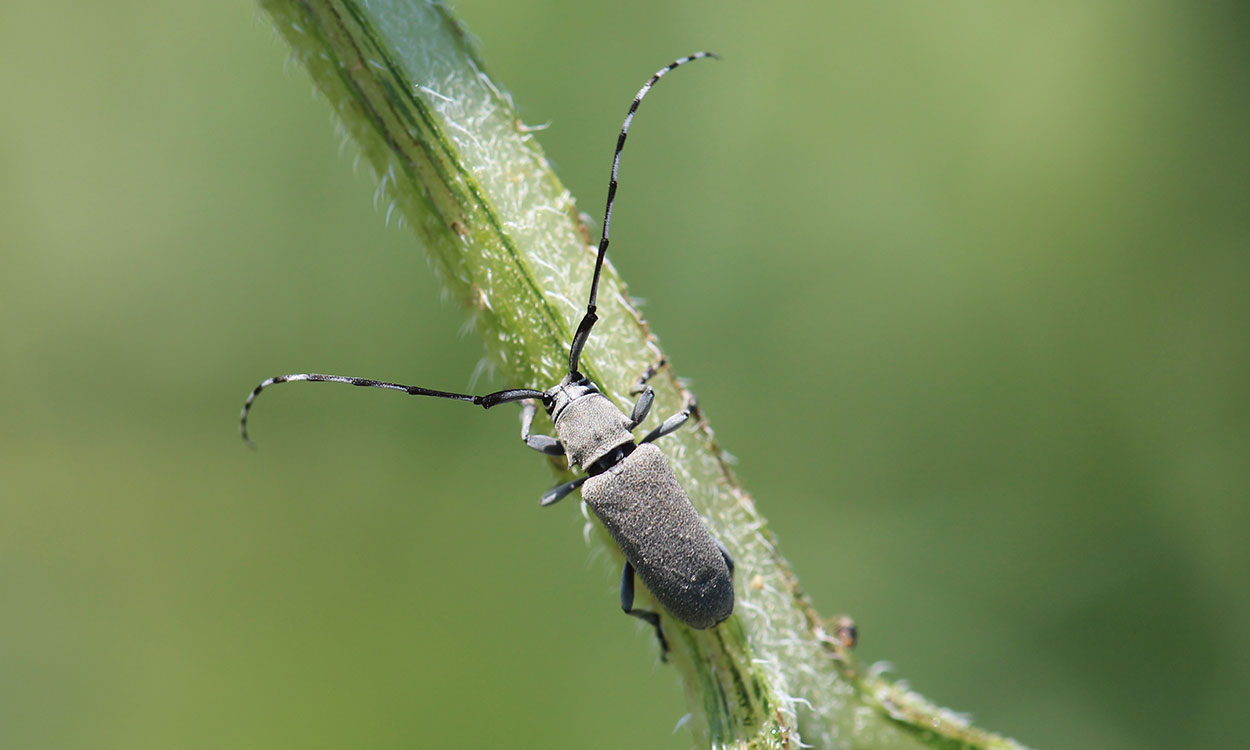
Another Year of Dectes Stem Borer Issues in Sunflower?
Based on the current drought conditions in our sunflower production areas, it is likely that Dectes stem borer will cause issues earlier than normal in the areas experiencing drought.
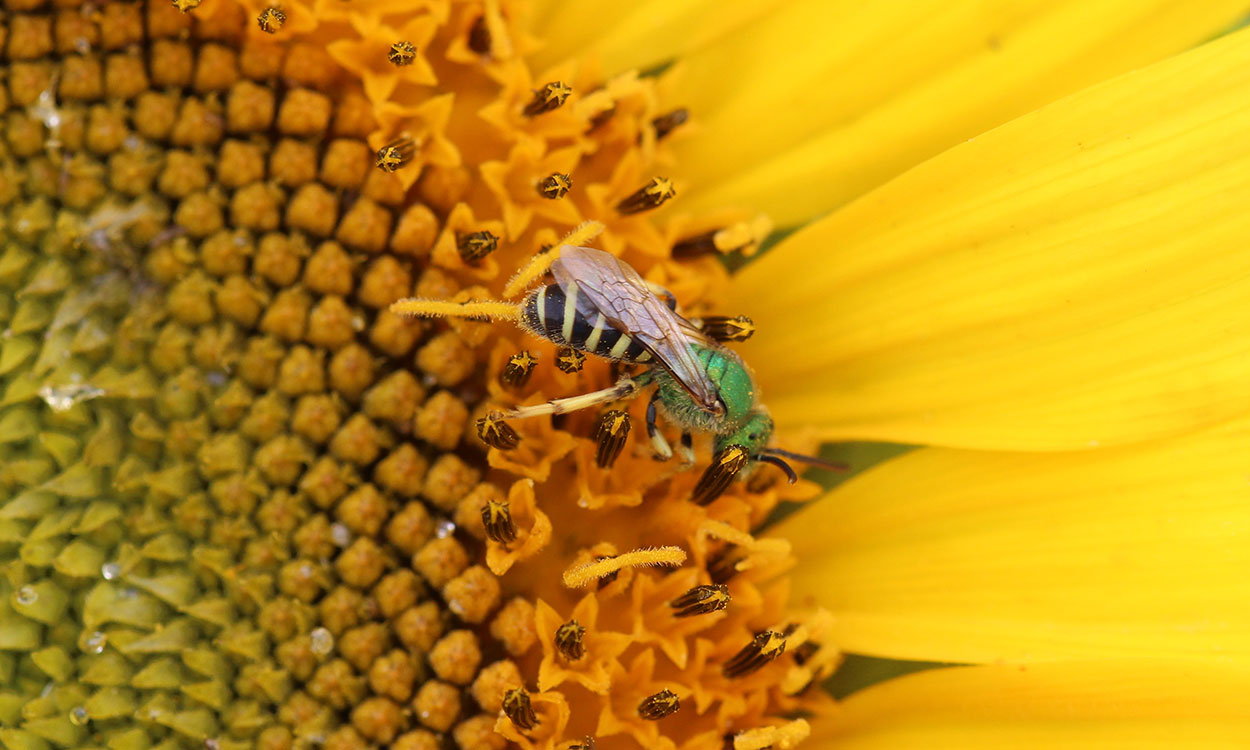
Time to Spray Sunflowers: Don’t Forget About the Pollinators
As sunflowers in South Dakota begin to reach the flowering stages, it is important to remember that, in addition to insect pests, there are also pollinators visiting these flowers.
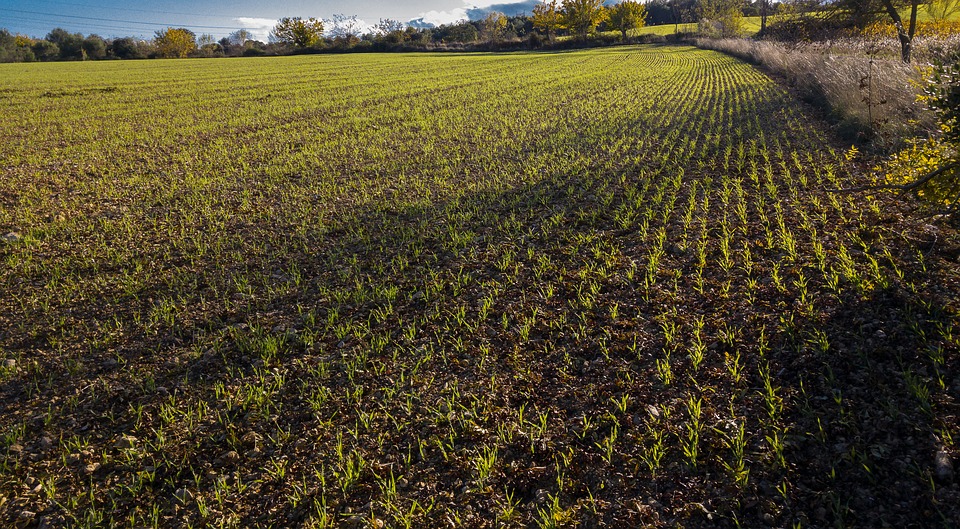
Winter Wheat Breaking Dormancy Early
A threshold indicator for winter wheat emergence is to consider average temperatures over a 14-day period. When that 14-day average temperature is equal to or above 5°C, or 41°F, then hard red winter wheat can break dormancy.
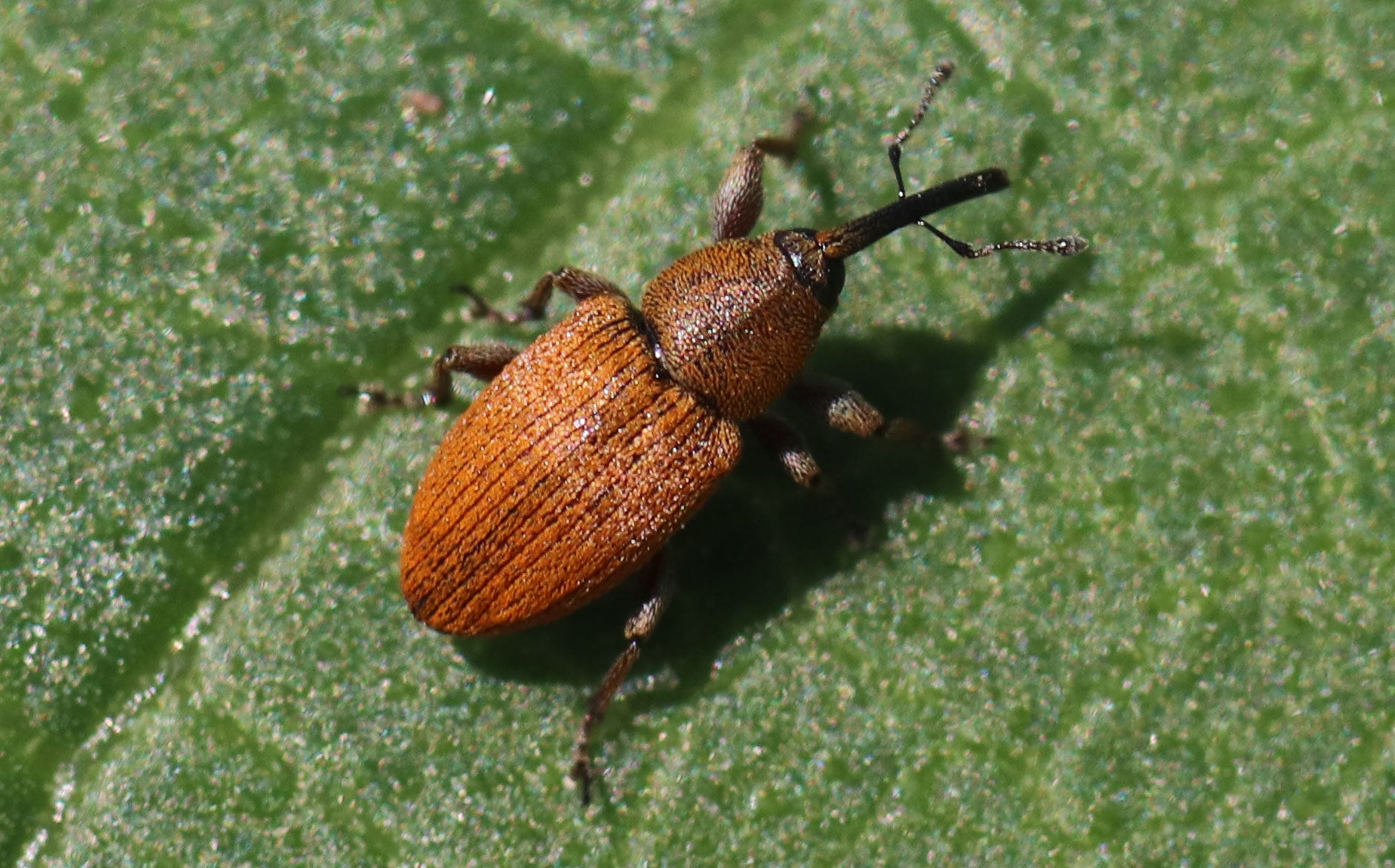
Red Sunflower Seed Weevil Populations Are Active in South Dakota
Red sunflower seed weevils are active in South Dakota sunflowers. Scouting should begin for fields that are going to be reaching the R5 stage within the next week.
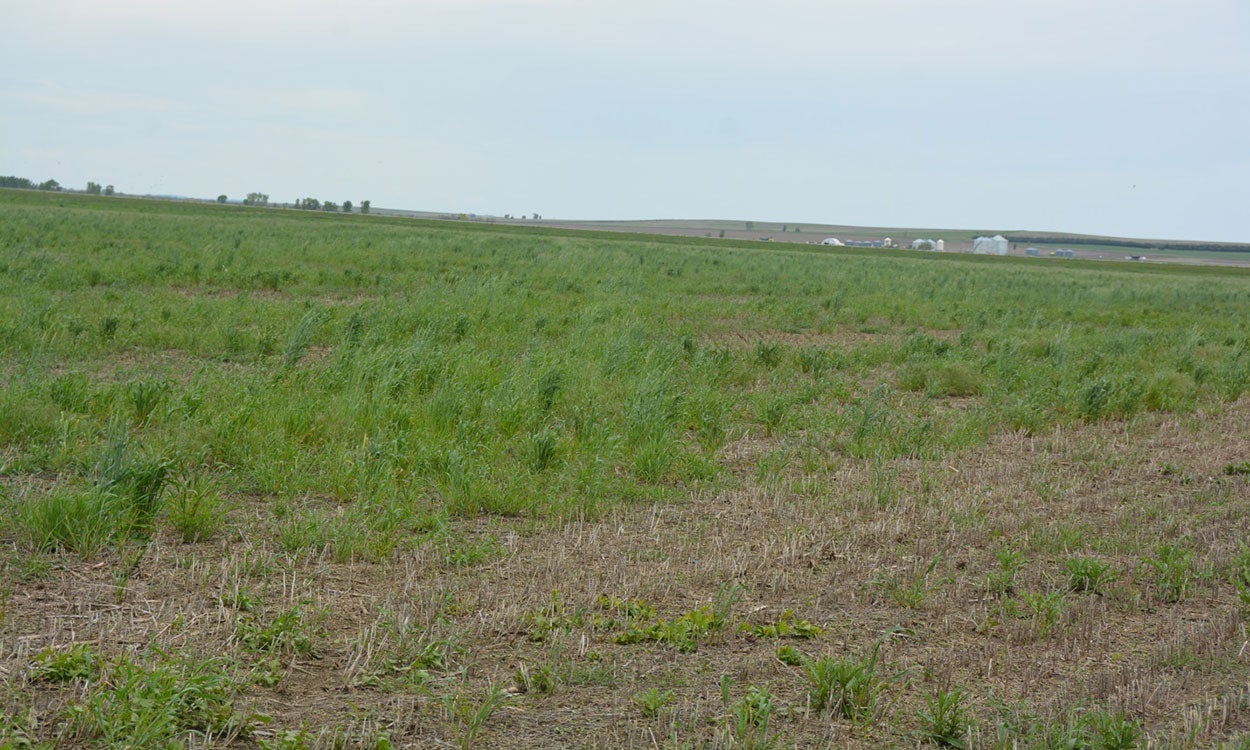
Wheat Streak Mosaic Virus Management Before Planting
Wheat streak mosaic virus is one of the important diseases in winter wheat and can lead to severe yield losses. Learn how it can be effectively mitigated by using proactive management in your fields.
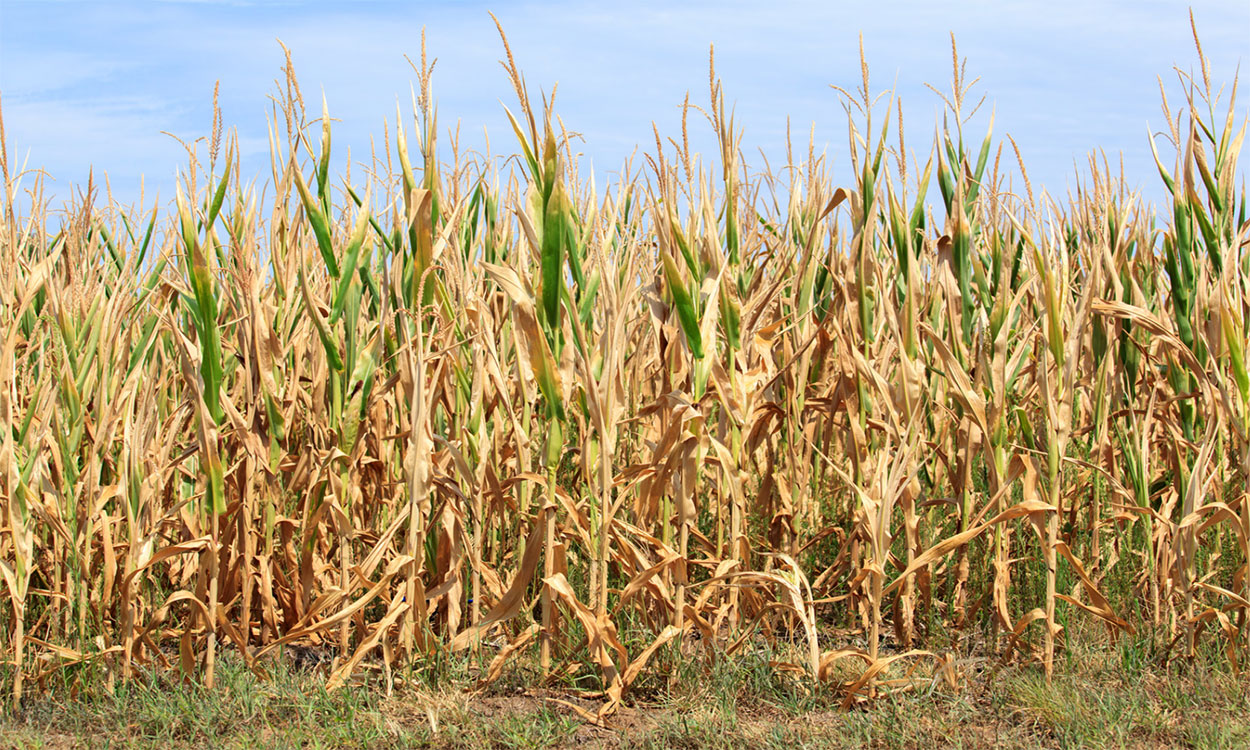
Drought and Heat Effects on Corn Production
Nearly every season in South Dakota there are periods of hot, dry weather in at least parts of the state. While we have no control over the weather, producers can prepare for drought stress by using proactive practices.